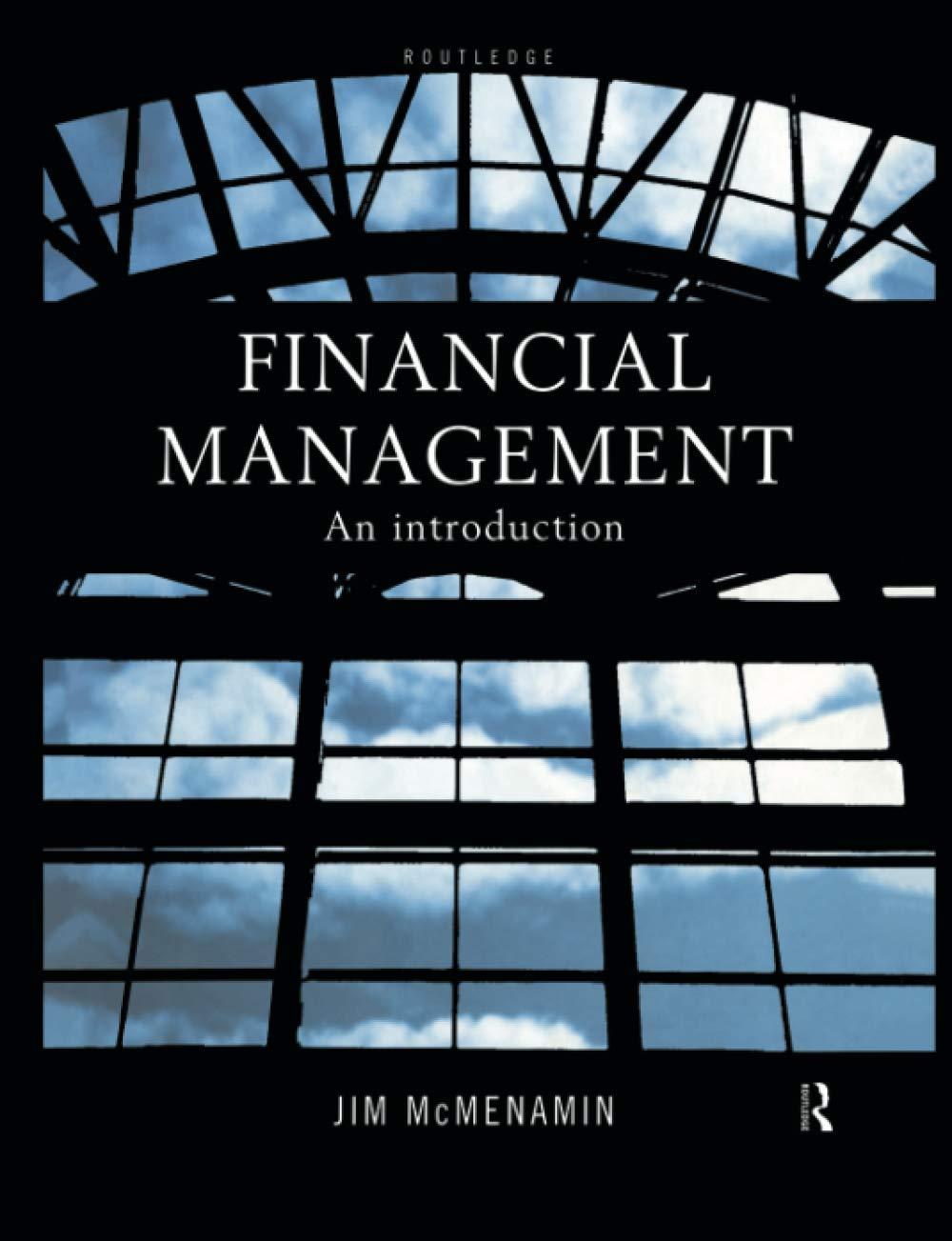| Assume that you manage a risky portfolio with an expected rate of return of 20% and a standard deviation of 42%. The T-bill rate is 4%. |
| Your risky portfolio includes the following investments in the given proportions: |
| | | |
| Stock A | 26 | % |
| Stock B | 35 | % |
| Stock C | 39 | % |
| |
| Your client decides to invest in your risky portfolio a proportion (y) of his total investment budget with the remainder in a T-bill money market fund so that his overall portfolio will have an expected rate of return of 16%. |
| a. | What is the proportion y? (Round your answer to 2 decimal places.) |
| b. | What are your client's investment proportions in your three stocks and the T-bill fund? (Round your intermediate calculations and final answers to 2 decimal places.) |
| Security | Investment Proportions |
| T-Bills | ________ % |
| Stock A | ________% |
| Stock B | ________% |
| Stock C | ________% |
| |
| c. | What is the standard deviation of the rate of return on your client's portfolio? (Round your intermediate calculations and final answer to 2 decimal places.) |
| Standard deviation___________________ | % per year |
---------------------------------------------------------------------------------------------------------------------
| You manage an equity fund with an expected risk premium of 13% and a standard deviation of 44%. The rate on Treasury bills is 6.6%. Your client chooses to invest $90,000 of her portfolio in your equity fund and $60,000 in a T-bill money market fund. What is the reward-to-volatility ratio for the equity fund? (Round your answer to 4 decimal places.) |
| Reward-to-volatility ratio_________________ | |
----------------------------------------------------------------------------------------------------------
| XYZ stock price and dividend history are as follows: |
| Year | Beginning-of-Year Price | Dividend Paid at Year-End |
| 2010 | $ 102 | $ 3 |
| 2011 | $ 105 | $ 3 |
| 2012 | $ 91 | $ 3 |
| 2013 | $ 96 | $ 3 |
| |
| An investor buys three shares of XYZ at the beginning of 2010, buys another one shares at the beginning of 2011, sells one share at the beginning of 2012, and sells all three remaining shares at the beginning of 2013. |
| a. | What are the arithmetic and geometric average time-weighted rates of return for the investor? (Do not round intermediate calculations. Round your answers to 2 decimal places.) |
| | |
| Arithmetic mean | _________ % |
| Geometric mean | _________ % |
| |
| b-1. | Prepare a chart of cash flows for the four dates corresponding to the turns of the year for January 1, 2010, to January 1, 2013. (Negative amounts should be indicated by a minus sign.) |
| Date | Cash Flow |
| 1/1/2010 | ____________$ |
| 1/1/2011 | ____________$ |
| 1/1/2012 | ____________$ |
| 1/1/2013 | ____________$ |
| |
| b-2. | What is the dollar-weighted rate of return? (Hint: If your calculator cannot calculate internal rate of return, you will have to use a spreadsheet or trial and error.) (Negative value should be indicated by a minus sign. Round your answer to 4 decimal places.) |
| Rate of return | _________________ % |






